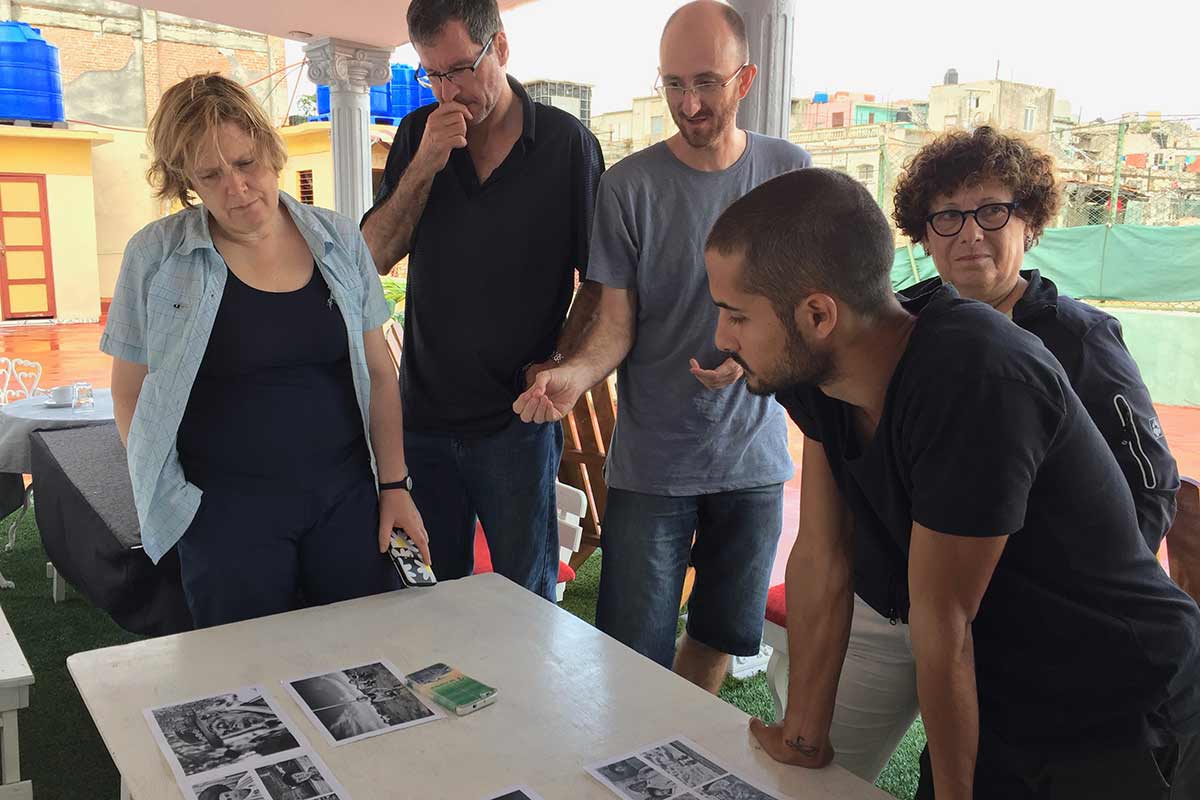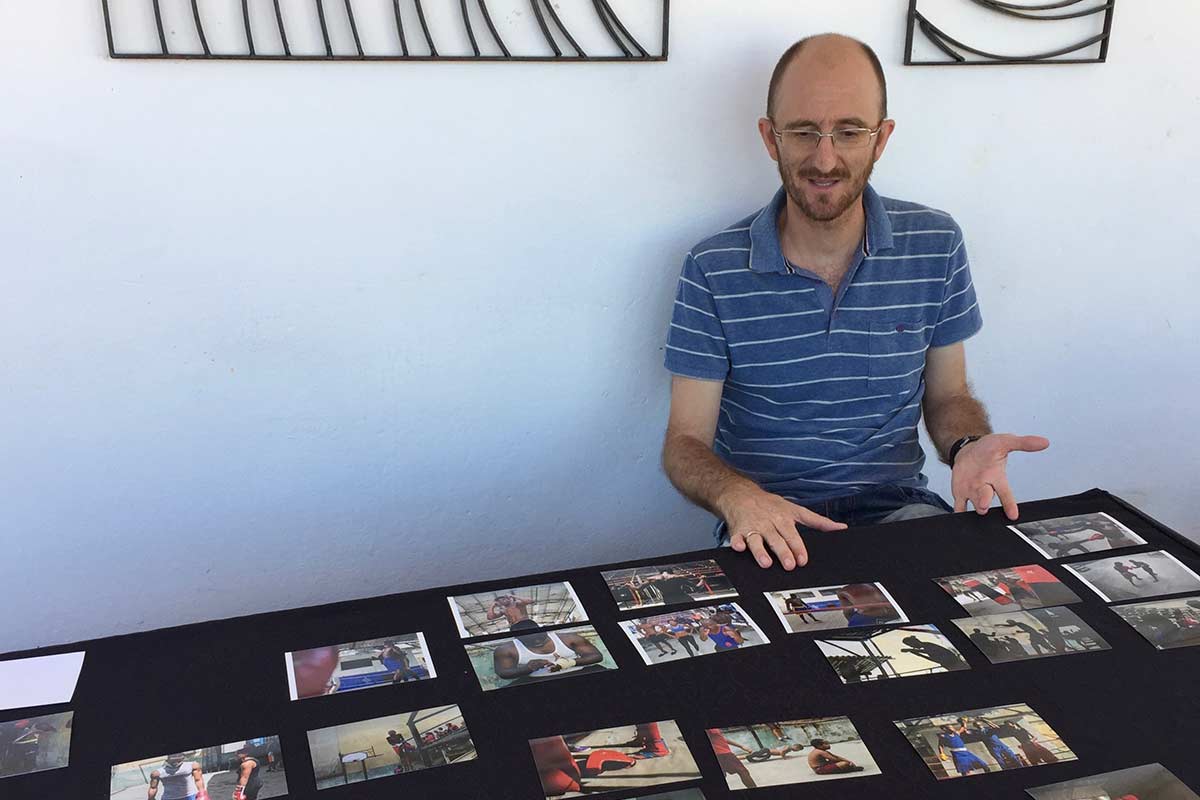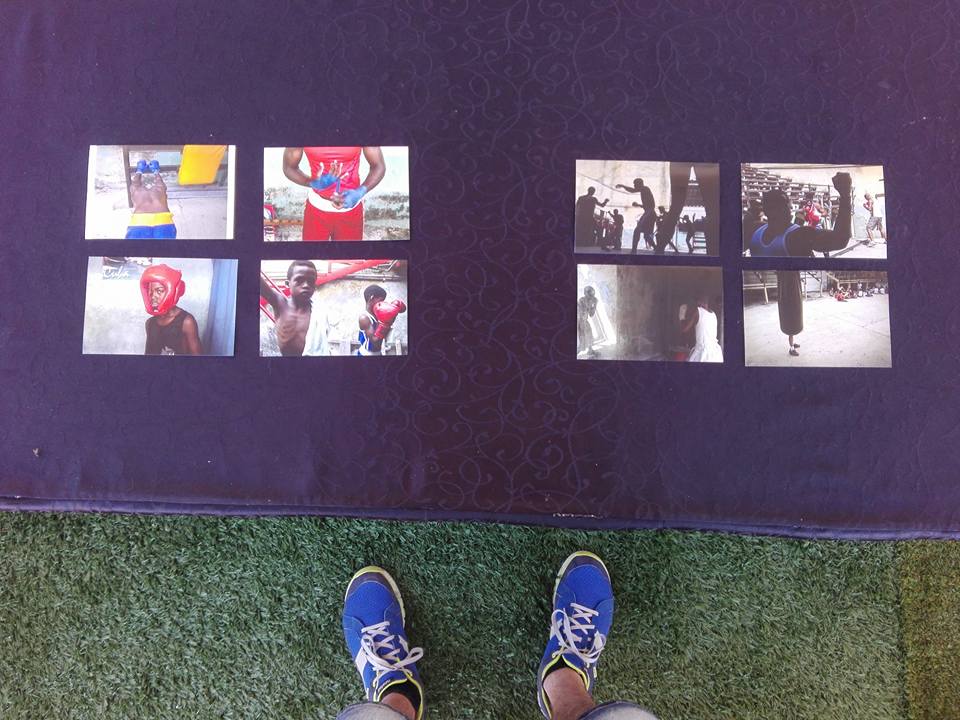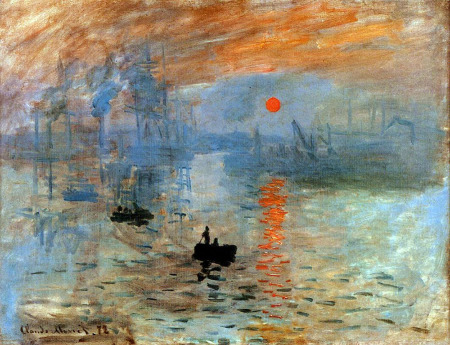Editing the best way
Edit your photography: the best way to learn
I have been guiding photographers on my photography courses in Cuba for many years and there is something that is common to all my travels, it is the exercises we do in photo editing where, together with my students, we analyze the photographs that have been taken in Cuba and sometimes works that other travelers bring.
I use the same process in my photo tours in Spain.

My teaching is not only about choosing the best pictures, the most important thing is to understand the idea that you want to transmit and learn to select a group of pictures that tell that story, not all photographs have to be exceptional, the important thing is to choose the photos and the order to narrate a small story.
Without doubt, if you want to improve your level as a photographer you should learn how to edit your work, it is the best way to get a higher photographic language.
The editing exercises in Cuba are fun and relaxed, sometimes I make them briefly after breakfast and so we go out on the street inspired and with the photographic warm-up already done, other times we do after sunset when we come to our house sharing a wine, a rum or a mojito.
All the opinions are well received and we create a very productive dialogue environment in which we all learn from everyone, it is amazing how each person sees photography in a different way, and that is the magic of photography, it is not football nor politics, you are not forced to choose a single option, photography is art, so you can understand it from many different points of view.

Learning from my students.
In the editing practices, not only are the travelers who learn, I have to admit that I personally enjoy and learn a lot with them, it’s been a long time since we working together helped me to see two different lines of work for my photo essay on boxing in Cuba, as you can see in the next photo.

An anecdote about technical perfection in photography.
Many of my students are accustomed to try to take very beautiful photographs with great perfection, these are teachings of many classic schools of photography as well as one of the maxims for landscape photographers but it is interesting to know how back in 1860 (aprox) the works of Impressionists Painters Renoir, Monete and Edouard Manet were rejected by the "Academie des Beaus Arts" (Paris) because their paintings were not technically perfect but nevertheless came to be recognized as a few of the best painters in history, for the quality of their work, for its renewing spirit and even for its capacity to document a stage in the history of the world.


I use this example to demonstrate that in photography we do not have the obligation to make perfect photographs, but we also have to show photographs that transmit something, no matter what, even if they are somewhat out of focus or moved, art is not measured in terms of "mathematical perfection ".